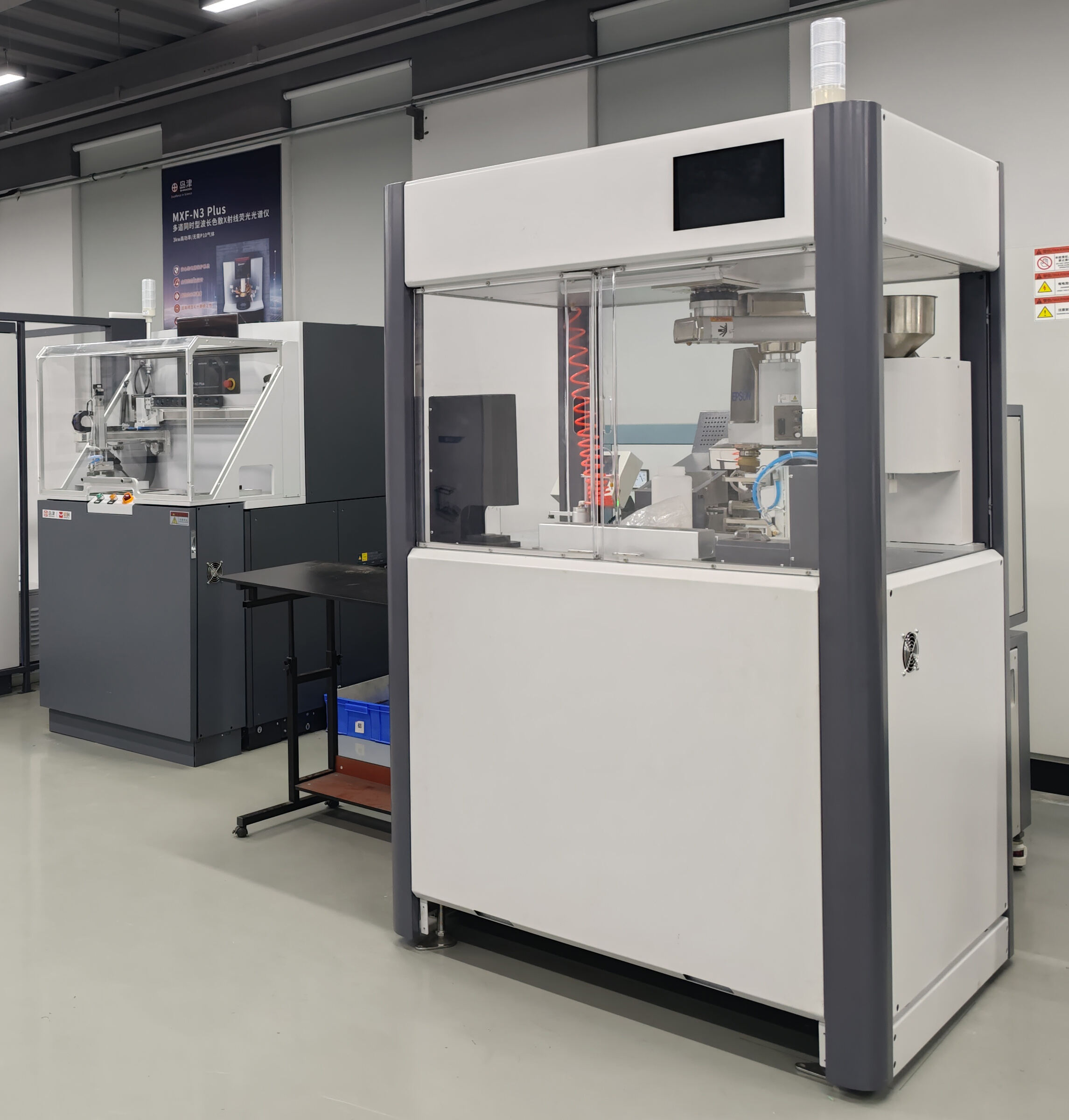Understanding Advanced Metal Analysis Through Spectroscopy
The evolution of metallurgical testing has revolutionized quality control and material analysis across industries. From aerospace components to automotive parts, the ability to precisely determine metal composition has become increasingly critical. Modern spectrometers serve as the cornerstone of metallurgical analysis, enabling professionals to obtain detailed insights into material properties with unprecedented accuracy.
The integration of spectrometry in metallurgical laboratories has transformed how we approach material verification, quality assurance, and research development. This sophisticated technology allows engineers and scientists to detect trace elements, identify impurities, and verify material specifications with remarkable precision.
Core Principles of Metallurgical Spectrometry
Fundamental Mechanisms of Spectroscopic Analysis
At its core, metallurgical spectroscopy relies on the interaction between light and matter. When energy is applied to a metal sample, atoms become excited and emit characteristic wavelengths of light. These unique spectral signatures serve as fingerprints, allowing analysts to identify and quantify the elemental composition of materials with exceptional accuracy.
Modern spectrometers employ advanced detectors and sophisticated software algorithms to interpret these spectral patterns. The process involves careful calibration and standardization to ensure consistent, reliable results across different samples and testing conditions.
Types of Spectrometers in Metallurgical Applications
Various spectrometer technologies serve different metallurgical testing needs. Optical emission spectrometers (OES) remain the most widely used for metal analysis, offering rapid results and exceptional accuracy. X-ray fluorescence (XRF) spectrometers provide non-destructive testing capabilities, while mass spectrometers deliver ultra-precise elemental analysis for specialized applications.
Each technology brings unique advantages to metallurgical testing scenarios. The selection of appropriate instrumentation depends on factors such as sample type, required precision, testing environment, and throughput requirements.
Advanced Applications in Industry
Quality Control and Production Monitoring
In manufacturing environments, metallurgical spectrometry plays a crucial role in maintaining product quality and consistency. Real-time analysis allows production teams to verify material composition throughout the manufacturing process, ensuring compliance with specifications and identifying potential issues before they impact final products.
The integration of spectrometers into production lines enables continuous monitoring and adjustment of metal composition during casting, forging, and other metallurgical processes. This capability has significantly reduced material waste and improved production efficiency across various industries.
Research and Development Applications
The research sector leverages metallurgical spectroscopy to develop new alloys and optimize existing materials. Scientists utilize advanced spectrometric techniques to study phase transformations, investigate failure mechanisms, and characterize novel materials under development.
These analytical capabilities have accelerated innovation in materials science, leading to breakthroughs in high-performance alloys, corrosion-resistant materials, and specialized metallurgical solutions for extreme environments.
Technological Advancements and Future Trends
Integration of Artificial Intelligence
The incorporation of AI and machine learning algorithms has enhanced the capabilities of metallurgical spectrometry. These advanced systems can now predict material properties, identify patterns in composition variations, and automatically adjust testing parameters for optimal results.
Smart algorithms assist in data interpretation, reducing analysis time and improving accuracy. The combination of spectroscopic data with AI-driven analytics provides deeper insights into material behavior and performance characteristics.
Emerging Spectrometer Technologies
Innovation in spectrometer design continues to push the boundaries of metallurgical analysis. New developments include miniaturized portable devices, enhanced sensitivity for trace element detection, and improved automation features for high-throughput testing environments.
These technological advances are making sophisticated metallurgical analysis more accessible and efficient, enabling broader application across industries and research fields.
Best Practices for Accurate Analysis
Sample Preparation Techniques
Proper sample preparation remains crucial for accurate metallurgical testing results. This includes appropriate cleaning procedures, surface preparation, and handling protocols to prevent contamination and ensure representative sampling.
Standardized preparation methods help maintain consistency across different operators and testing conditions, contributing to reliable and reproducible analysis results.
Calibration and Maintenance Protocols
Regular calibration and maintenance of spectrometers ensure optimal performance and accuracy in metallurgical testing. This includes periodic verification using certified reference materials, routine cleaning of optical components, and systematic performance checks.
Implementing comprehensive maintenance schedules and calibration protocols helps maintain instrument accuracy and extends equipment lifespan.
Frequently Asked Questions
What factors influence spectrometer accuracy in metallurgical testing?
Several key factors affect spectrometer accuracy, including sample preparation quality, instrument calibration status, environmental conditions, and operator expertise. Maintaining proper operating temperatures, following standardized procedures, and regular system verification are essential for optimal results.
How often should metallurgical spectrometers be calibrated?
Calibration frequency depends on usage intensity and application requirements. Generally, daily verification checks and weekly calibration procedures are recommended for production environments. Complete recalibration may be necessary monthly or quarterly, depending on stability requirements and regulatory standards.
What advantages do modern spectrometers offer over traditional testing methods?
Modern spectrometers provide faster analysis times, higher accuracy, and improved detection limits compared to traditional chemical testing methods. They offer non-destructive testing options, real-time results, and the ability to analyze multiple elements simultaneously, significantly improving efficiency and reliability in metallurgical analysis.




